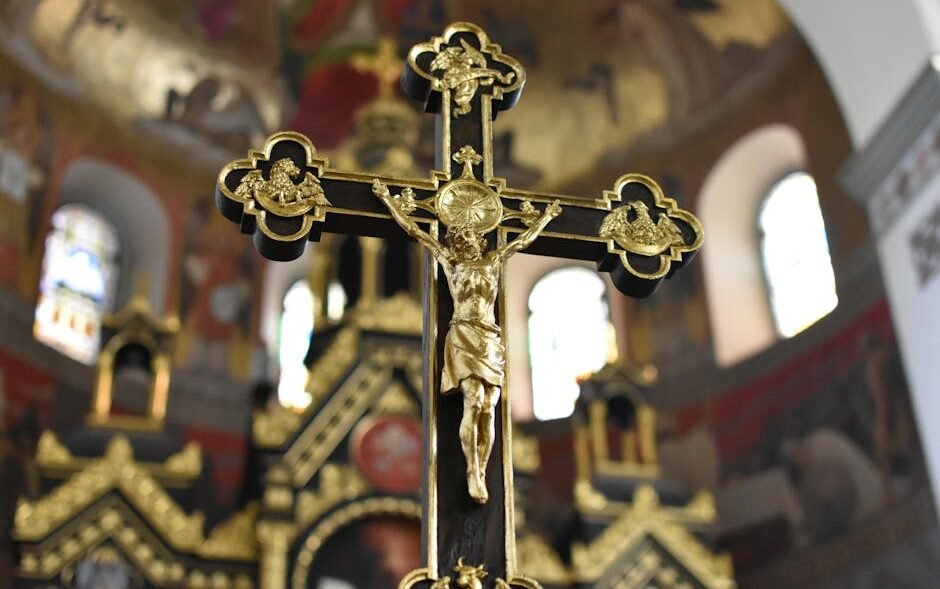The Unity of the Godhead: One Divine Being in Relational Plurality
Christian faith begins with a claim that is at once simple and profound: there is one God. This assertion is not a theological ornament but the very hinge upon which covenant, worship, and redemption turn. Against readings that fragment the divine reality into multiple ultimate beings—whether modern polytheistic reinterpretations or religious systems that treat the Father, Son, and Spirit as separate gods—the classical Christian conviction insists that the God revealed in Scripture is one in essence. That unity is not numerical thinness but ontological depth: the three persons of the Father, Son, and Holy Spirit share a single divine nature, so that the life of God is simultaneously personal and undivided.
Scripture furnishes the basis for this affirmation throughout both Testaments. The Shema’s uncompromising “Hear, O Israel: the Lord our God, the Lord is one” anchors Israel’s confession; the New Testament echoes and expands this claim by attributing divine attributes and worship to the Son and the Spirit. To read these texts as teaching three independent gods is to ignore the consistent testimony that the divine will and work are unified. Rather than producing incoherence, the biblical portrait shows distinction of persons within perfect unity of purpose, action, and being.
Philosophically, the doctrine avoids two errors: modalism, which collapses persons into successive manifestations of a single person, and tritheism, which divides God into three rival centers of power. The orthodox formulation maintains that personhood and essence are distinct categories: “person” names relational identity and consciousness, while “essence” names the shared divine nature. In practical terms, this means that when the Son prays to the Father or the Spirit testifies with the Father and Son, these are not competing voices but expressions of one divine life revealed in relationship.
Theologically, unity secures the coherence of salvation. If the work of redemption involved three disconnected deities, then the promises and covenants that run from creation through incarnation and consummation would be unstable. The unity of the Godhead preserves the continuity of God’s purposes: the Creator who initiates covenantal promise is the same Lord who becomes incarnate and the same Spirit who applies redemption to the hearts of believers. Worship thus remains rightly directed to a single God who is personally triune.
Pastors and teachers who communicate the doctrine must do so with philosophical clarity and pastoral sensitivity. The mystery of how one being subsists in three persons will always exceed human categories, yet that mystery is not an admission of irrationality; it is the fit humility of finite creatures before a God whose ways are higher than ours. The doctrine also has deep pastoral consequences: it assures believers that the God who comforts is not a distant principle but a personal reality with whom they can relate.
Finally, the unity of the Godhead is not an abstract speculation but the theological grammar that shapes prayer, liturgy, and Christian devotion. It protects monotheism from fragmentation, preserves the meaningfulness of divine promises, and allows the faithful to address the triune God in worship without dividing allegiance. To confess one God who is Father, Son, and Spirit is to enter into the biblical story in which the God of Israel acts decisively in history to redeem and renew. That confession remains the heart of orthodox Christian identity.




